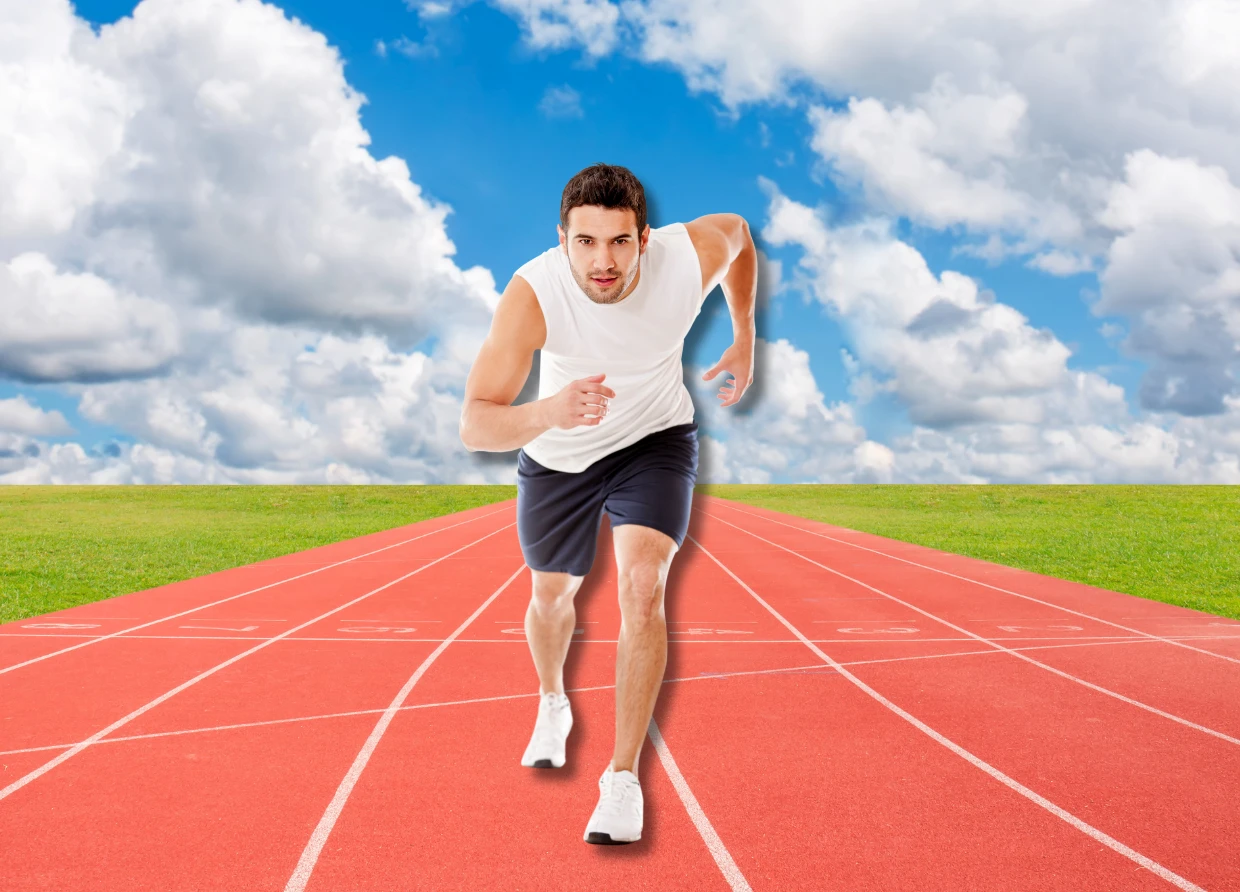THE CREATIVE POWER OF MOVEMENT: HOW EXERCISE FUELS INNOVATION
Unleashing Creativity Through Motion: The Science Behind Inspired Thinking

In the hustle and bustle of daily life, amidst the chaos of commuting or the serenity of walking the dog, our minds often wander freely, birthing some of our most ingenious ideas. Now, science is shedding light on the profound link between movement and creativity, unraveling the mysteries of how physical activity fuels our innovative spirit.
A recent review led by Dr. Chong Chen, an assistant professor in the department of neuroscience at Yamaguchi University, Japan, has highlighted the transformative impact of even brief bouts of exercise on creative thinking. From the evolutionary musings of Darwin to the philosophical ponderings of Nietzsche, influential minds throughout history have recognized the power of movement to unlock fresh perspectives and stimulate imaginative thought.
The research underscores that it's not just regular exercise that fosters creativity but the very act of moving the body. Whether it's a leisurely stroll or a brisk run up a flight of stairs, physical activity ignites divergent thinking – the ability to draw connections between disparate ideas and envision novel solutions to complex problems.
Alex McIntosh, creative director of Create Sustain, attests to the creative impetus provided by movement. "I pretty much rely on running and walking to create space and clarity and to come up with ideas," he shares. McIntosh's experience echoes findings that moderate physical activity enhances divergent thinking, laying the groundwork for innovative breakthroughs.
But what is it about exercise that catalyzes creativity? According to Amir-Homayoun Javadi, a reader in cognitive neuroscience at the University of Kent, acute exercise temporarily boosts blood circulation to the brain, enriching it with oxygen and fostering the production of neurotrophic factors – proteins vital for brain cell growth and survival.
Moreover, physical activity induces a state of "transient hypofrontality," wherein the prefrontal cortex, responsible for higher-order cognitive functions, experiences reduced activity. This temporary suppression allows the mind to wander freely, facilitating the emergence of fresh ideas and creative insights.
However, the relationship between creativity and movement isn't solely physiological; psychological factors also play a pivotal role. Exercise serves as a catalyst for "state transition," physically and mentally transporting individuals away from their current tasks and fostering a change in perspective conducive to creative thinking.
As research delves deeper into the intricacies of this relationship, unanswered questions remain. Yet, the implications are clear: integrating short bursts of physical activity into our daily routines can invigorate creativity and problem-solving, enriching both personal and professional endeavors.
So, the next time you're grappling with a challenging problem or seeking inspiration, consider taking a stroll or embarking on a brief jog. After all, the path to innovation may just lie in the rhythm of your footsteps.
#THE S MEDIA #Media Milenial #Exercise #Creativity #Innovation #Physical Activity #Divergent Thinking #Neuroplasticity #Mental Health #Problem-Solving #Brain Function #Inspiration


























